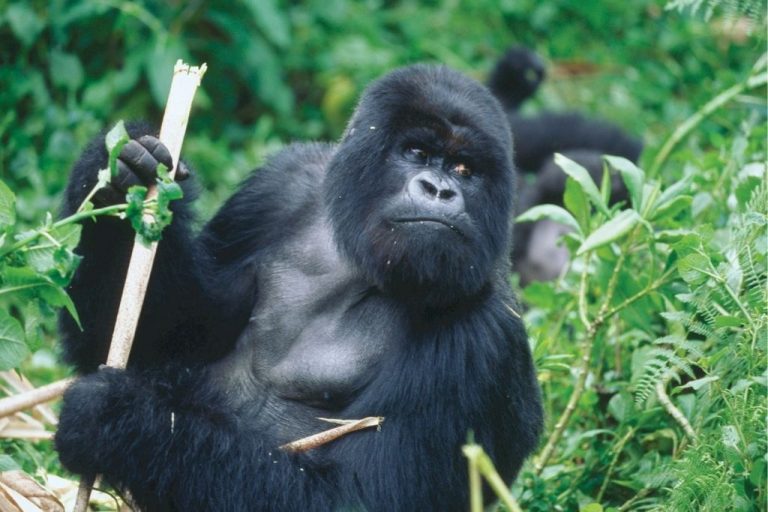Zimbabwe is one of the most amazing countries in Africa. It has a rich and diverse culture, rich cuisine, and stunning landscapes.
Zimbabwe is an African country with a long history. By western standards, Zimbabwe has been called “the breadbasket” of southern Africa due to its large reserves of fertile soil and regular rainfall- although this phrase is likely to cause some controversy in Zimbabwe itself.
The country was formally known as Southern Rhodesia (1964-79) and Rhodesia (1979-80).
The country was under colonial rule and was dominated by white people for 15 years. It got its independence in April 1980.
Geography
Being a landlocked country, Zimbabwe shares its border with the Republic of South Africa in the south. Botswana borders the country to the southwest, Zambia to the north, Mozambique to the northeast, and the east.
This country lies over 1,000 feet above sea level. The lowest point in this country is at an altitude of 660 feet near Dumela.
The country doesn’t have a desert; however, a sector northwest of Plumtree is severely arid.
Zimbabwe has extensive outcroppings of Precambrian rock that is about 570 million to a billion years old.
This country also houses the world’s most extended linear mass of ultramafic and mafic rocks, the Great Dyke.
Climate
Zimbabwe has a lovely subtropical climate even though it lies entirely within the tropics. It is because of its high average elevation.
August to October are the months when the weather is hot and dry.
During these months, the monsoon winds across the Indian Ocean and Mozambique cause orographic rainfall.
The eastern part of the country receives the heaviest rainfall from October to April. June is relatively the coolest month, whereas October is the hottest.
Best time to visit Zimbabwe
Visiting Zimbabwe is best if you do it from May to September. These are when you see excellent views of Victoria Falls and wildlife at the national parks.
Nature and Wildlife
Zimbabwe consists of savanna and has an abundance of tree growth during wet summers.
The evergreen forests and savanna woodlands add to the beauty of this country. You will find species of Brachystegia and Mohobohobo.
The Australian eucalyptus trees have been introduced, especially on white-owned farms.
The beautiful Victoria Falls, which is also one of the top places to have on your travel bucket list, is located here
In terms of animals, they have decreased due to deforestation.
Hwange National Park holds the densest remaining wild species in Africa. Visit the country to check out lions, elephants, leopards, cheetahs, hyenas, jackals, civets, ratel, ant bear, and more.
You will also find hoofed and horned animals such as the eland, greater kudu, impala, steenbok, grysbok, blue duiker, sable, and roan antelope.
The large rivers of Zimbabwe house hippopotamuses and crocodiles.
You will also find a variety of snake species such as mambas, boomslangs, and black-necked cobra.
You can also check out exciting birds such as the martial eagle, little hammerhead, and the bateleur eagle.
People
The people of Zimbabwe are known as Zimbabweans.
Before, there were fewer white descendants in the country, but their population grew due to heavy immigration after World War II. Now the Zimbabweans have their origins in Europe, too, especially from Britain.
Many Asians have also formed a community for trade with Zimbabweans.
The first language of Zimbabwe is Shona, and more than two-thirds of the population speak this language. The second language is Ndebele. Both of these are Bantu languages.






